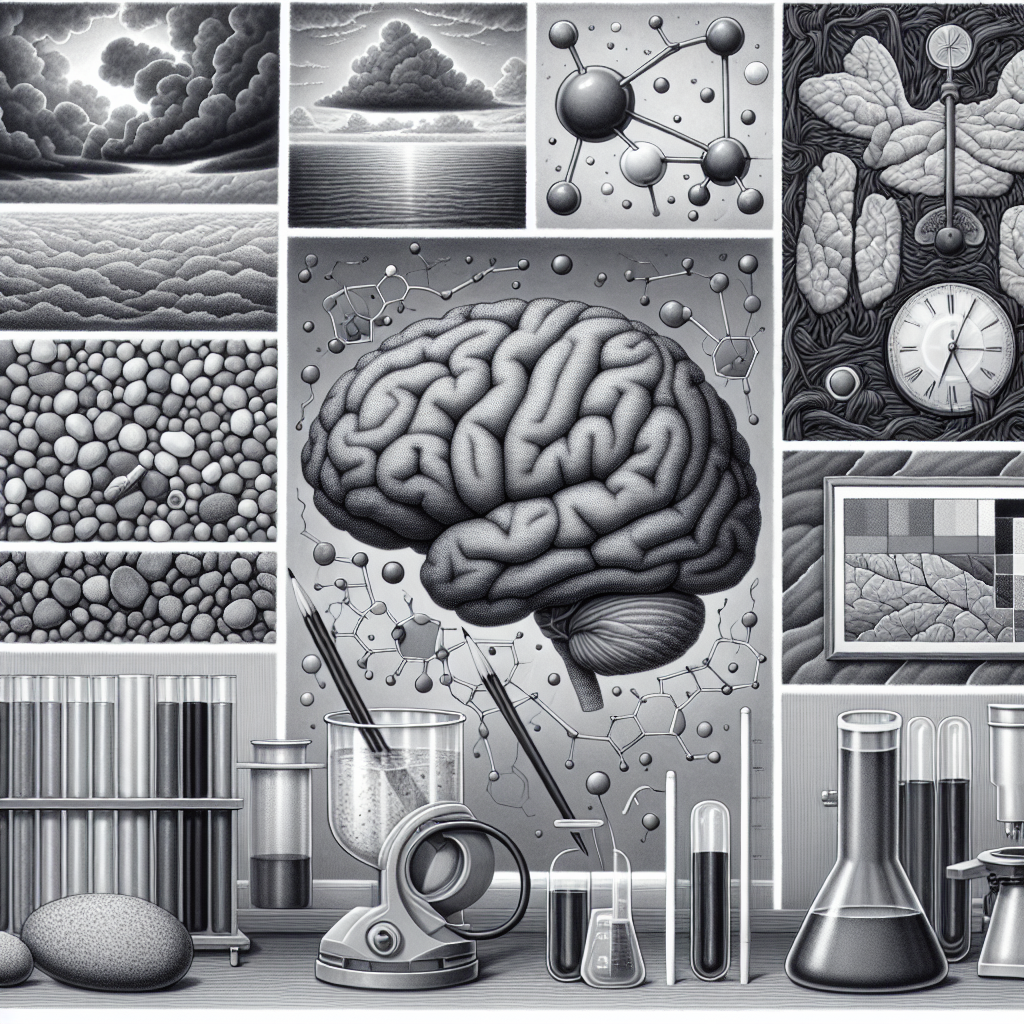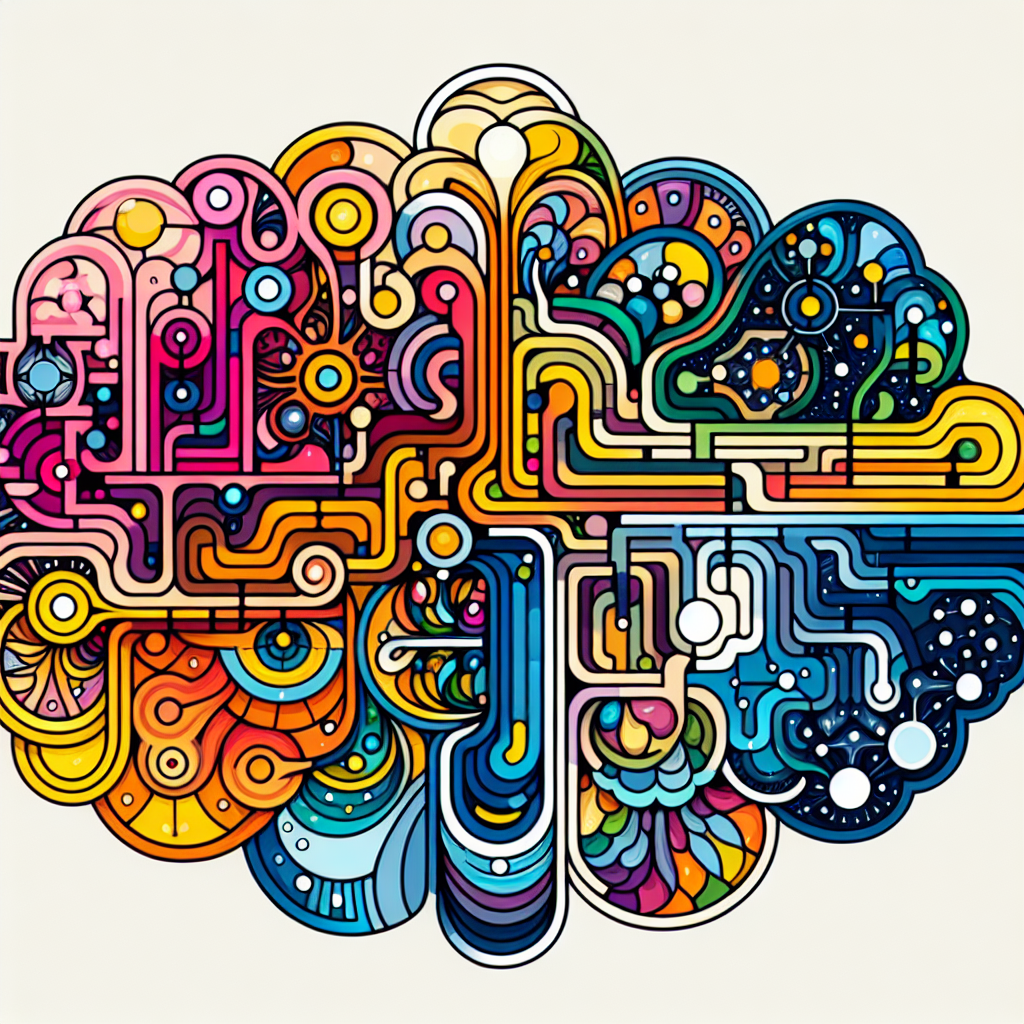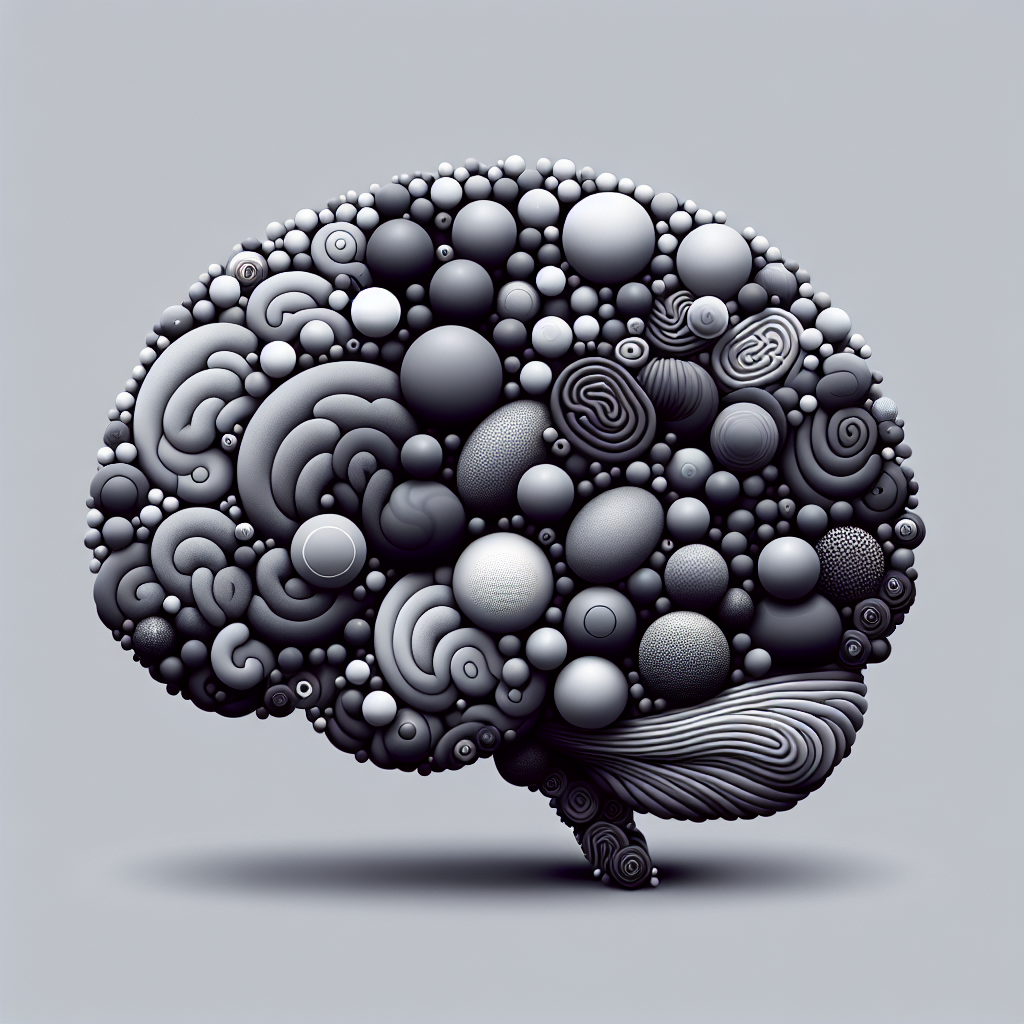Consulting rooms are sacred spaces where individuals come to explore their innermost thoughts, feelings, and experiences. These rooms are the setting for psychoanalytic work, a form of therapy that delves deep into the unconscious mind to uncover hidden patterns and motivations.
The dynamics of psychoanalytic work are complex and multifaceted, involving a deep and intimate relationship between therapist and client. In this article, we will explore the inner workings of the consulting room and the unique dynamics that unfold within it.
One of the key aspects of psychoanalytic work is the concept of transference. Transference occurs when the client unconsciously transfers feelings, desires, and expectations onto the therapist, often based on past relationships and experiences. This can manifest in a variety of ways, such as viewing the therapist as a parental figure, a friend, or a romantic partner. The therapist must navigate these transference dynamics with sensitivity and insight, using them as a window into the client’s inner world.
Countertransference is another important concept in psychoanalytic work. This refers to the therapist’s own emotional responses and reactions to the client, which can provide valuable information about the client’s unconscious processes. It is essential for therapists to be aware of their own countertransference reactions and to use them as a tool for understanding and working through the client’s issues.
The consulting room is also a space for exploration and interpretation. Through dialogue, insight, and reflection, the therapist helps the client uncover the underlying meanings and motivations behind their thoughts and behaviors. This process can be both challenging and rewarding, as it requires a willingness to confront difficult emotions and experiences.
The therapeutic relationship is at the heart of psychoanalytic work. This relationship is characterized by trust, empathy, and understanding, and it serves as the foundation for the therapeutic process. The therapist must create a safe and supportive environment in which the client can explore their inner world without fear of judgment or criticism.
Overall, the consulting room is a space of transformation and growth, where individuals can delve deep into their unconscious minds and uncover the root causes of their emotional struggles. The dynamics of psychoanalytic work are complex and nuanced, requiring a deep understanding of human psychology and a commitment to personal growth and self-discovery.
In conclusion, the consulting room is a place of healing and self-exploration, where individuals can confront their inner demons and find a path to emotional well-being. Through the unique dynamics of psychoanalytic work, clients can gain insight, understanding, and resolution, leading to lasting change and personal growth.










